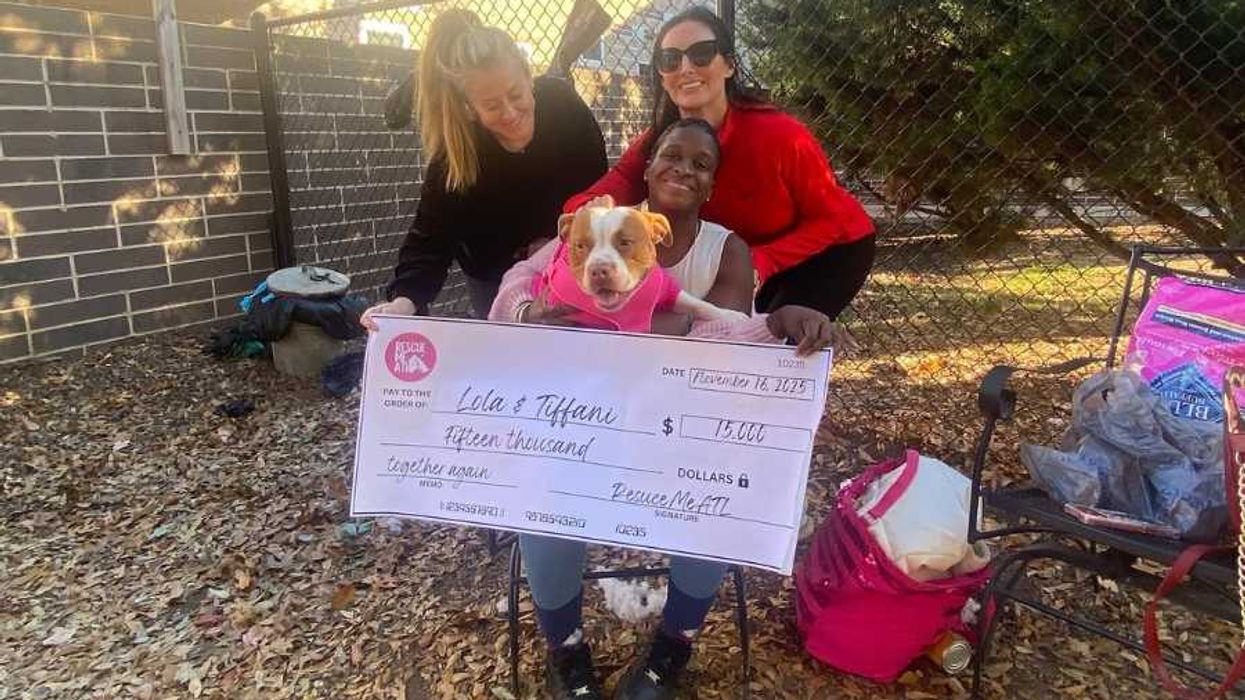It looks like an old Letterman sketch, but when officials released truckloads of softball-sized black orbs into several Los Angeles water reservoirs, the last thing on their mind was late night television comedy. In fact, these so-called “shade balls” may end up playing a key role in helping southern Californians make it through one of the worst water shortages in recent memory.
The simple plastic balls are designed to float along the surface of Los Angeles’ outdoor reservoirs, blocking sunlight and thereby preventing the sun from transforming the bromide and chlorine in the water into the harmful chemical compound bromate. Similarly, the balls also help prevent evaporation of water from out of the reservoir pools. This video, from a reservoir deployment in Las Virgenes earlier this summer, shows the balls in action:
The 20,000 balls released into the L.A. reservoir on Monday are part of an Environmental Protection Agency mandated initiative to cover all 175 acre of L.A.’s reservoir facilities, reports ABC7. Initial cost projections put the project at over $300 million, but with the introduction of the shade balls—each costing just 33 cents apiece—the final tab was just under $35 million, instead.
All told, experts estimate the full deployment of a staggering 96 million balls will save Los Angelinos around 300 million gallons of water, annually—an impressive figure, to be sure, but one which pales in comparison to the billions of gallons of water used monthly by residents. Still, city officials are enthusiastic about the shade balls’ expected effect on southern California’s stretched-to-the-breaking-point water supply. Says Los Angeles Department of Water and Power General Manager Marcie Edwards: “This is a blend of how engineering really meets common sense. We saved a lot of money, we did all the right things,” with LA mayor Eric Garcetti adding that, “[b]y reducing evaporation, these shade balls will conserve 300 million gallons of water each year, instead of just evaporating into the sky. That's 300 million gallons to fight this drought.”
LADWP estimated each ball will last around ten years, at which point they will be recycled and replaced.
Now that’s an example of ‘throwing shade’ we can all get behind.















 Otis knew before they did.
Otis knew before they did.